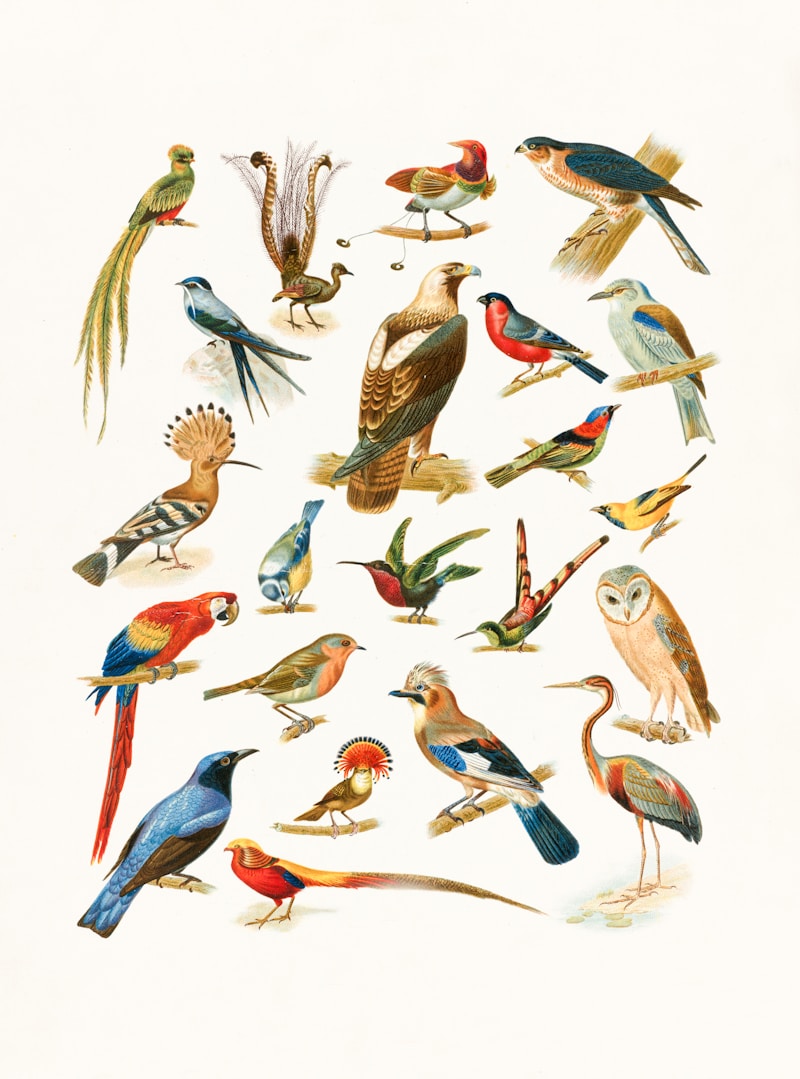Exploring the Enchantment of Romantic Fairytales
Introduction to Romantic Fairytales
Romantic fairytales have captivated the hearts of audiences for centuries. These enchanting stories often weave together elements of love, adventure, and magic, transporting readers and viewers to a world where dreams come true. In this article, we will delve deep into the realm of romantic fairytales, exploring their history, themes, and cultural significance, as well as uncovering some of the most beloved tales from around the globe.
The Evolution of Romantic Fairytales
The roots of romantic fairytales can be traced back to ancient folklore and mythology. These stories often served as moral lessons or entertainment for the young and old alike. Over time, fairytales evolved, with writers like the Brothers Grimm, Hans Christian Andersen, and Charles Perrault enriching the genre with their imagination and creativity.
Defining Characteristics of Romantic Fairytales
Romantic fairytales typically share several key characteristics:
- Love Triumphs: At the heart of these tales is a romantic relationship that endures challenges, ultimately leading to a happy ending.
- Magical Elements: Enchantments, mythical creatures, and magical artifacts often play a central role in the storyline.
- Good vs. Evil: Most fairytales feature a struggle between good and evil forces, with love prevailing in the end.
- Transformational Journeys: The protagonists often undergo personal growth and transformation throughout their adventures.
Popular Romantic Fairytales Around the World
| Fairytale | Origin | Main Themes |
| Cinderella | France | Love conquering hardship, the importance of kindness |
| Beauty and the Beast | France | Love beyond appearance, inner beauty |
| Snow White | Germany | Goodness and true love triumphing over jealousy and evil |
| The Little Mermaid | Denmark | Sacrifice in the name of love, the quest for identity |
The Influence of Romantic Fairytales on Popular Culture
Romantic fairytales have significantly influenced literature, film, and other forms of art. Iconic adaptations, especially those produced by Disney, have breathed new life into these stories, introducing them to newer generations. Films like "Frozen," "Tangled," and "The Princess and the Frog" blend romance with adventure through vibrant storytelling and memorable characters. These adaptations have sparked a resurgence in popularity for their source material, prompting readers to revisit the classic tales.
Why Romantic Fairytales Matter
Romantic fairytales hold immense value in both cultural and emotional contexts. They encourage beliefs in love and hope and foster a sense of wonder. Here are a few reasons why these stories are still relevant today:
- Emotional Connection: Fairytales evoke nostalgia and connect deeply with readers’ emotions, providing comfort and inspiration.
- Lessons and Morals: They often convey moral lessons about kindness, bravery, and resilience in the face of adversity.
- Creativity and Imagination: These tales inspire creativity and imagination in both young and adult audiences alike.
The Modern Twist on Romantic Fairytales
In recent years, many authors and filmmakers have given classic fairytales a modern twist. Reimaginings and retellings explore issues such as feminism, diversity, and personal empowerment. Works like "The Lunar Chronicles" series by Marissa Meyer and "Queen of Snow" by Laura Dower showcase characters who break traditional molds while still embracing the romantic essence of these tales. This evolution reflects society's shifting norms and the desire for more inclusive narratives.
Common Questions about Romantic Fairytales
As interest grows, many people have questions about romantic fairytales. Here are some frequently asked questions:
- What is the most famous romantic fairytale?
Cinderella is often regarded as one of the most iconic romantic fairytales recognized worldwide. - What are the main lessons from romantic fairytales?
Common lessons include the value of kindness, inner beauty, and the idea that true love can conquer all challenges. - How have romantic fairytales changed over the years?
They have evolved to reflect contemporary issues, such as empowerment, equality, and inclusivity.
Conclusion: The Enduring Magic of Romantic Fairytales
Romantic fairytales continue to enchant and inspire audiences across generations. Their ability to convey timeless themes of love, sacrifice, and the triumph of good over evil makes them an integral part of our cultural heritage. As we revisit these beloved stories, we should also consider how they can adapt to our modern sensibilities, offering new lessons and perspectives for a diverse audience. Whether through classic literature or contemporary retellings, the magic of romantic fairytales remains an enduring testament to the power of storytelling.
In summary, diving into the world of romantic fairytales not only entertains but also encourages reflection on personal values and relationships. As you explore these enchanting tales, keep in mind the importance of kindness and love, both in fiction and in your life's narrative.
